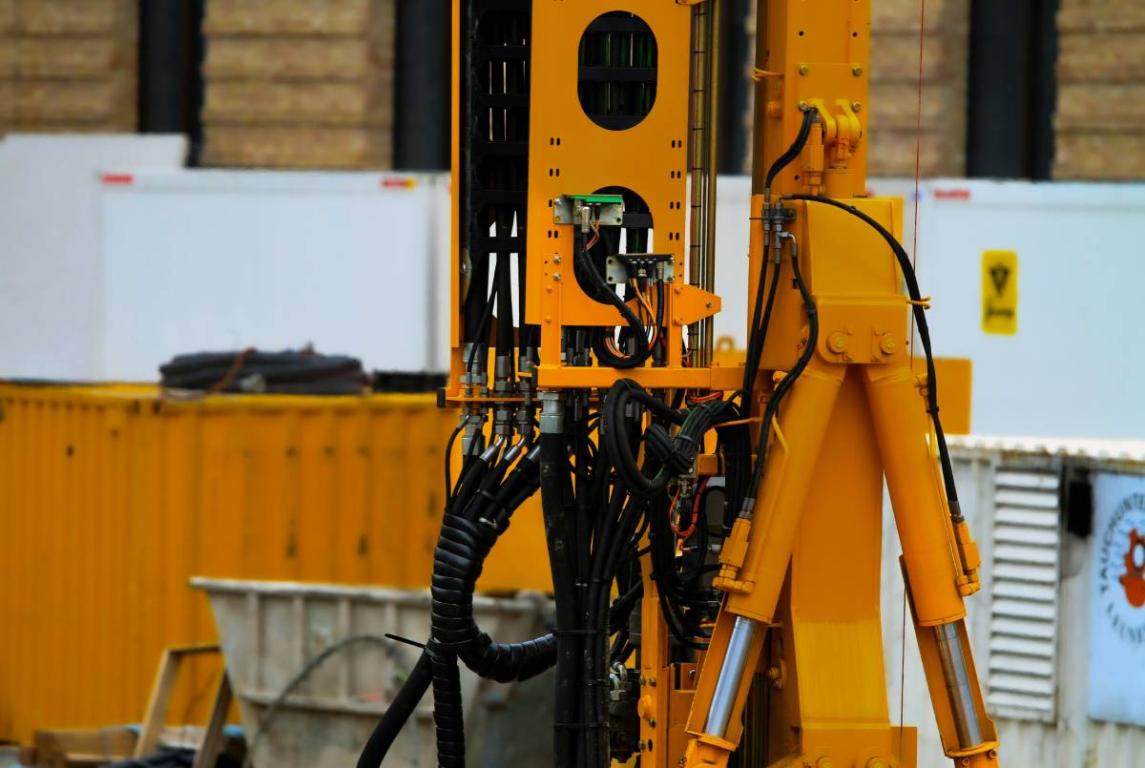Hydraulic Power – What Is It and How Does It Work? – Madejski

What is hydraulic power? Applications, how it works, and parts
Modern industry and construction machinery couldn’t operate without advanced drive systems. One of the energy transmission systems is hydraulic power. But what exactly is it? Although many associate it mainly with large construction machines, its applications are much broader and include agriculture, industry, automotive, and even aviation. In this article, we will answer questions related to hydraulic power – what it is, how it works, where it is used, and which parts are essential for the proper functioning of the system.
What is hydraulic power?
Hydraulic power is a field of engineering that deals with transmitting energy and controlling motion using pressurized liquids. Usually, hydraulic oil is used for this purpose. These systems are commonly used in various devices, from excavators and agricultural tractors to industrial presses and production lines. Simply put, it’s a system where mechanical energy is converted into hydraulic energy by a working fluid under pressure. Such a system allows performing tremendous work with relatively low input power.
How does hydraulic power work?
The operation of hydraulic power is based on a few fundamental physics principles – mainly Pascal’s law. It states that pressure applied to a fluid in a closed system is transmitted equally in all directions. This means even a small force applied can generate great power at the other end of the system, where there is a larger piston.
The basic operation scheme of a hydraulic system is as follows:
- A hydraulic pump sucks oil from the reservoir and pumps it into the system under pressure.
- The fluid flows through control valves to hydraulic actuators.
- The actuators perform mechanical work – lifting, moving, or rotating parts.
- After completing the work, the oil returns to the reservoir and the cycle repeats.
The system can also be supported by measuring and safety components, such as a glycerin-filled pressure gauge that indicates fluid pressure and allows monitoring the system’s proper operation.
Where is hydraulic power used?
Hydraulic power applications are very broad. Some examples include:
- construction machinery (excavators, loaders, cranes),
- agricultural machines (spreaders, presses, trailers),
- heavy industry (hydraulic presses, lifting systems),
- transport (dump trailers, lifts),
- energy and mining,
- marine and aviation industries.
Thanks to its precision and high force, hydraulic power is used wherever large loads and reliability are required.
Hydraulic parts – overview and functions
Every system consists of many elements that must work together for the system to function properly. Here are the most important hydraulic parts:
- Hydraulic pump – the heart of the system that converts mechanical energy into hydraulic energy. Pumps are classified as gear, piston, or vane types. The right choice depends on pressure and flow requirements.
- Hydraulic valve – controls the flow of fluid and the direction of actuator movement. Proper valve operation determines the efficiency of the entire system.
- Hydraulic actuators – the working elements that convert fluid energy into linear or rotary motion. They come in single- and double-acting versions.
- Filters – clean the hydraulic oil from contaminants that could damage system parts. Regular filter replacement is essential for maintenance.
- Oil reservoir – stores oil and allows cooling. The tank should have a vent and fluid level indicator.
- Hydraulic hoses – transport oil between system components. Proper fitting and crimping of hoses is crucial for safety and leak prevention.
- Pressure gauge – measures oil pressure in the system. The glycerin-filled type is vibration-resistant and more accurate, ideal for industrial applications.
What to watch out for in hydraulic systems?
Hydraulic power is an advanced technology that enables efficient and precise transmission of large forces. It finds applications in nearly every industry, from agriculture, construction, to transport and manufacturing. Understanding the principles and parts of hydraulic power is important for proper system operation. If you need parts or technical support – feel free to contact us! We offer professional advice and sales.